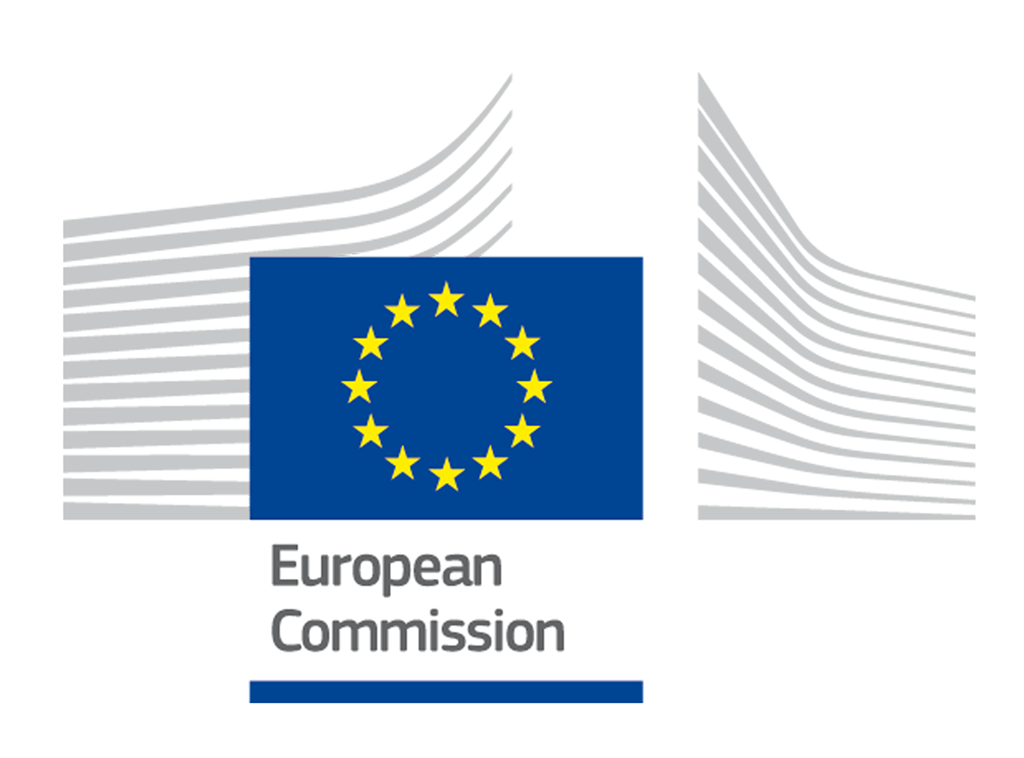Community / Land projects / Transformational wildlife conservation management in China
Transformational wildlife conservation management in China

€5954587.836
10/22 - 10/22
Completed
This project is part of
Implementing Organisations
Donors
Data Providers
Objectives
To safeguard key threatened and iconic wildlife in China through cross-sectoral engagement, community participation and innovative management technologies across landscapes.
Other
Note: Disbursement data provided is cumulative and covers disbursement made by the project Agency.
Target Groups
The durability of integrated landscape management approaches and innovative tools in key endangered wildlife habitats restoration interventions demonstrated in the project and upscaling will largely depend on sustained involvement and generation of livelihood benefits for local communities. The estimated project direct beneficiaries include 2,000 local farmers, of whom 40% are women. These people from the local communities will benefit directly through strengthened and expanded sustainable livelihood initiatives. Engagement and generation of socioeconomic benefits for women and men from the local communities is an important aspect of the integrated landscape approach in the project design. The viability of the wildlife habitats and ecological corridor restoration approaches demonstrated on the project over the long-term will largely depend on sustained involvement of local communities and flow of sustainable livelihood benefits. The project will provide opportunities for local people to be involved in capacity building activities aimed at strengthening their existing or introducing new close-to-nature livelihood models, including joint management of natural resources, organic farming, ecotourism, certification schemes and alternative livelihood cooperatives, etc. Under the current conditions in China, one of the biggest barriers hindering economic prosperity in rural area is that farmers, especially women and ethnic minority farmers often have limited access to green supply chains, lack financial management skills, and are uninformed of real-time market information and of partnership opportunities. By facilitating linkages to local cooperatives and women’s groups and ecologically conscious private enterprises which are closer to the marketplace, the prospects of their income generation capabilities and assets accumulation will be substantially improved. Apart from these monetary gains, i.e., increased financial capital, the local direct beneficiaries will gain non-monetary benefits. Joint management of natural resources and improved nature conservation are expected to restore ecosystem functions and services, resulting in improved land productivity, water quality, climate regulation services, erosion control capabilities, etc. These improvements will generate increased nature capital of the local communities. Significant gains in human capital are also expected through the project interventions. For example, local communities will benefit from knowledge achieved through skills trainings, learning-by-doing, financial management training, etc. The institutional level direct beneficiaries, including 500 people at the national and provincial level and 1,500 conservation workers and natural reserve managers and professionals at the landscape level, will also increase knowledge and hands-on experience. Strengthened institutional capacities will help ensure sustainability of the results achieved during the project and upscaling of the demonstrated interventions in other regions in the country. The cumulative monetary and non-monetary benefits will strengthen the resilience of local communities with respect to the expected impacts of climate change, e.g., restored and protected ecosystem functions and services, and also in regard to socioeconomic disruptions, e.g., diversified income opportunities will allow local households to cope with possible market fluctuations or supply chain interruptions, such as those that occurred during the COVID-19 pandemic. In addition, the project strategy emphasizes the need to strengthen social capital in the target landscapes, through establishment of multi-stakeholder, nature reserve and community joint management models to wildlife and nature conservation, which will provide local people, including women and ethnic minorities an opportunity to actively participate in the decision-making processes regarding sustainable management of natural resources in their communities. The project will also facilitate enhanced social networking, e.g., cooperatives, micro-enterprises, in partnership with governmental entities, NGOs, and private sector players, e.g., through insertion of local farmers into green value chains, In addition, the citizen science events planned will also attract tens of thousands of young students and general public to participate in the drive of nature conservation and wildlife protection. The project is relevant to a number of SDGs, most notably SDG 1 (No Poverty), SDG 5 (Gender Equality), SDG 7 (Affordable and Clean Energy), SDG 13 (Climate Action), SDG 15 (Life on Land), and SDG 17 (Partnerships for the Goals), as outlined below in Table 6 of the Project Document.



